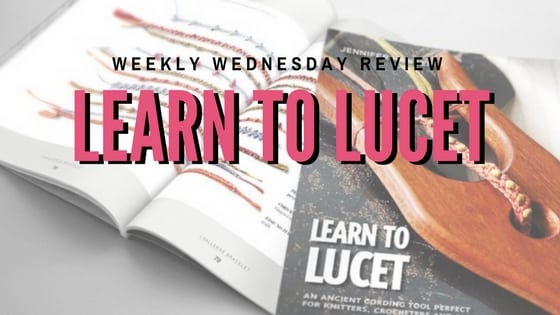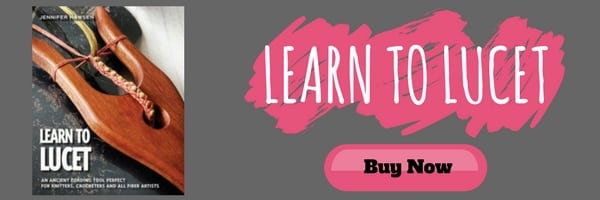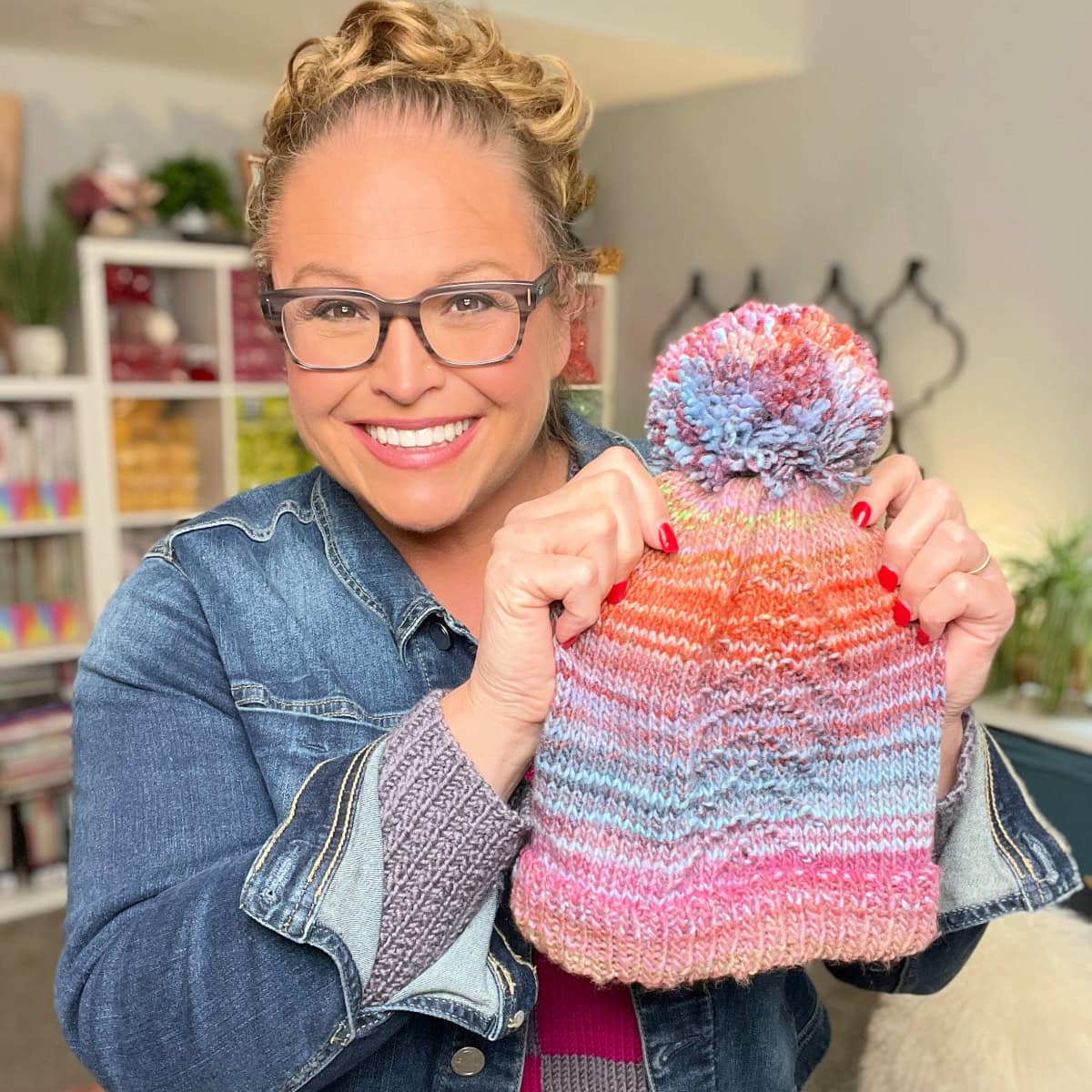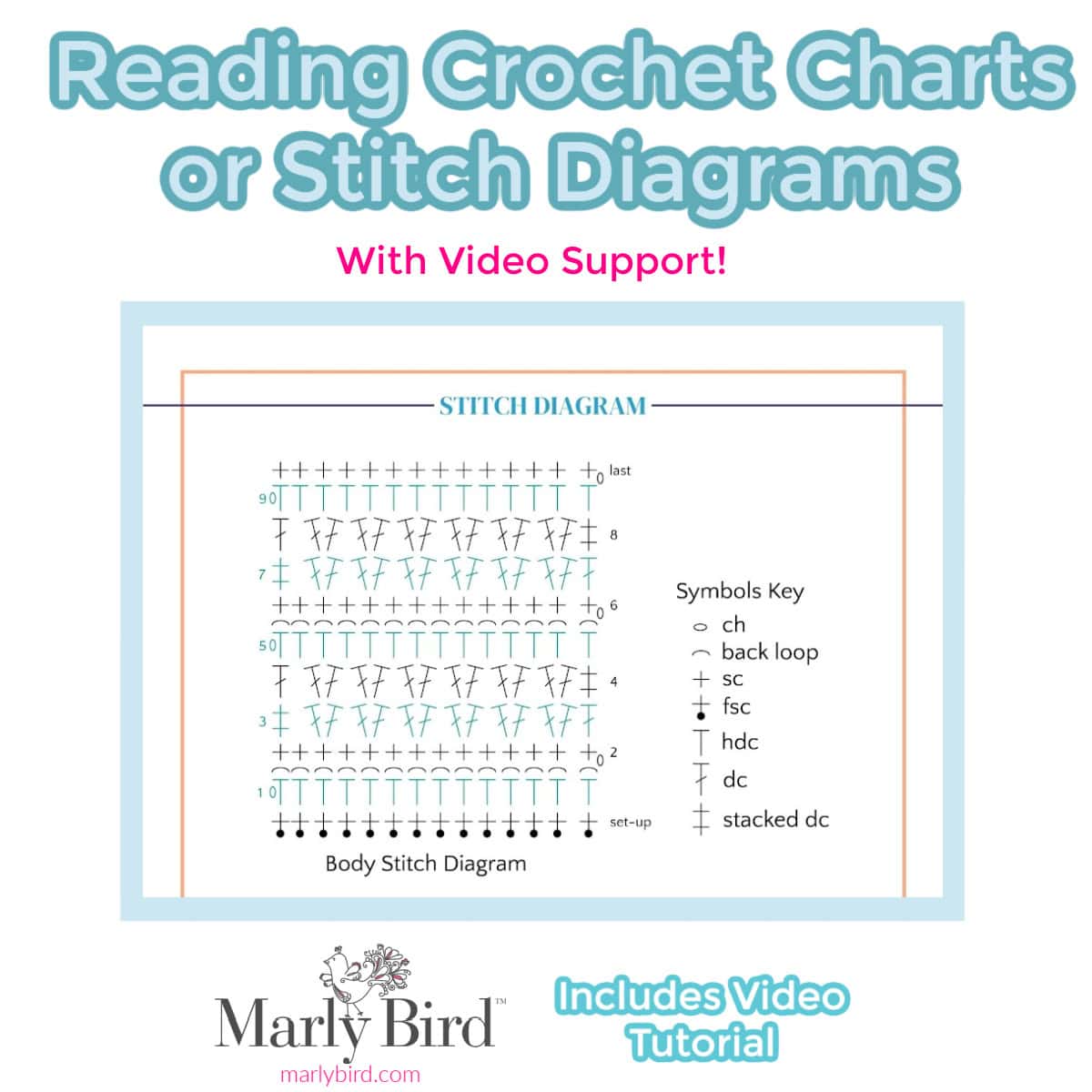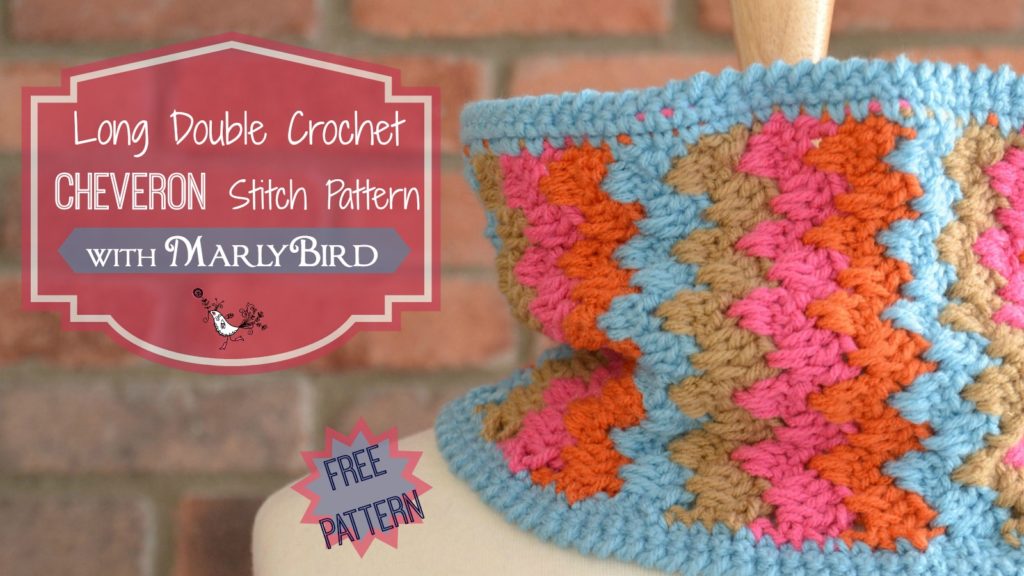How to Lucet in our Weekly Wednesday Review
Another week has gone by and we are here again to share with you another new book and technique. This week Katelyn got her hands on a book by the wonderful Jennifer Hansen teaching how to Lucet. Learn about the book, what a lucet is and read the whole post for a special giveaway of the book.
*This post contains affiliate links. By clicking on one of these links and making a purchase a portion will go to the blog. The price you pay will not change and the small commission I receive helps me to keep brining you free content and giveaways on the blog. Thank you for your continued support.*
What is a Lucet:
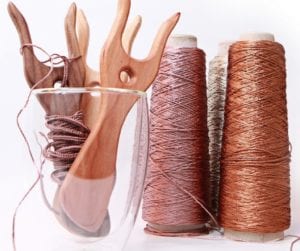 The lucet is believed to date back to Medieval times when it was used to create cords for clothing and general use. Lucet cord is square, strong, and slightly springy.
The lucet is believed to date back to Medieval times when it was used to create cords for clothing and general use. Lucet cord is square, strong, and slightly springy.
Cording produced by a lucet is similar to that of knit icord but it is square not the round shape you see with knitting.
Lucet cord is formed by a series of loop like knots, and therefore will not unravel if cut. Unlike other braiding techniques, where the threads are of a finite length, lucetted braids can be created without pre-measuring threads and so it is a technique suited for very long cords.
What Materials are Required:
Really there aren’t many materials required to get started on day one. Looking at the list below, which is suggested in the book, there is likely only one thing that you don’t have. That item you might be missing is the Lucet tool. Don’t worry Jennifer will show you a few DIY versions to get you started on day one until you purchase the tool for yourself.
- lucet
- yarn
- beads (optional but is used in some of the techniques)
- crochet hook
- beading needle (optional but using one makes it much easier to string beads)
Review of the Book:
Within the book you will not only find instructions on how to work the 6 technique but there are also 8 projects in the back of the book to get you started. The best thing about this book is that with each technique there are wonderful photo tutorials that really walk you through each step of the process.
As to not overwhelm us Jennifer has broken the book into a 7 day challenge. Work through each day and learn a new technique to add to your tool box. This is a great way to use up your ends and is a great travel project because it is so small and easy to start and stop.
Jennifer knew that we all might not want to make a total investment the first time we work a Lucet cord. Rather than requiring you to purchase the tool to get started she shows you a few different ways to make a DIY Lucet. I prefer something that is more stable and rigid to work with but there are some great ideas in the book. One even makes the tool using two crochet hooks and a glue stick!
Starting at the beginning the book walks you through the most basic technique and then works you through some of the other variations of the cord.
What to Make with a Lucet:
The projects in the book include-
- Jewelry
- Showlaces
- Drawstrings
- Buttons
This is a great tool to experiment with. Try using other materials to come up with new ways to use the cord. Don’t be afraid of adding beads or other embellishments to get something unique for your project.
Tips for the Beginner:
As with many things that we have in our Weekly Wednesday Review series I have never tried them before. Working with a Lucet is another first for me. Below are my top tips for beginners that I learned from experience.
- Start with thicker, smooth yarn. I would not suggest anything to slippery, like silk. Working your first stitches will be easier if there is a little grab to the yarn, so try wool. For my first project I used some scraps of Chic Sheep by Mary Bird from the cowl I did in the Leisure Arts Loom review.
- Just like with knitting and crochet tension is something to master. My first stitches with the Lucet are much looser than the ones as I continued to work. Although you aren’t holding the ‘working yarn’ with your hand as tension you will be tightening your stitches as you work and will want to make them consistent. Keep practicing, it gets easier.
- Although the book gives suggestions on making a DIY lucet, I found it was the easiest to work on something very sturdy. I prefer the actual lucet tool the best but the fork would be a second choice since the prongs are ridged and won’t move around.
Purchase a Copy:
Learn with Jennifer on Craftsy:
Jennifer is one of the wonderful Craftsy instructors. She currently has three classes that you can take. I have already taken her Tunisian class and I really enjoyed it.
Don’t forget that you can also check out Marly’s Craftsy classes while you are there!


